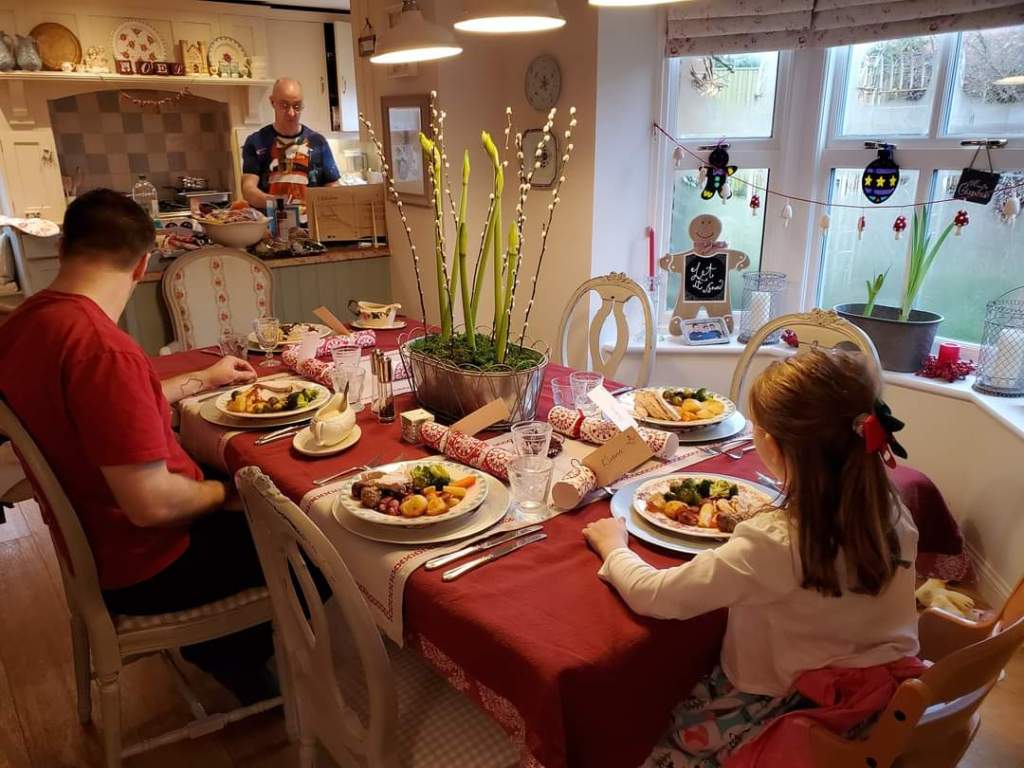
Maybe “surviving” isn’t the right word, because for most it’s a holiday season surrounded by family, comforts, festivities, and love. Maybe “surviving your current pants size” would be more accurate.
Not that the holiday season shouldn’t be about celebrations and treats and indulgences- it should! But many times we look at it as an excuse to go wild, when it doesn’t have to be in order to enjoy yourself. But on the same token, it also shouldn’t be a time of dieting, or restricting yourself, or being riddled with guilt over what you’re eating. It should not be a time of calorie counting or measuring. Well, no time is good for that because it’s torturous any time of year and is nothing I ever put my weight loss clients or myself through. But this shouldn’t be a season where we overindulge without abandon for the month of December and then rely on some restrictive diet on January 1st to save us. This is the time of year I always have clients say to me- “I’ve been eating well, I’m feeling great, but Christmas is coming up… help!” So here are some of my best tips for enjoying the holidays, yet also keeping your energy up and the scale down.
1. I almost always tell my clients to follow a 90/10 diet. 90% of the time you eat an abundance of great healthy whole foods, 10% of the time you treat yourself. That 10% is just as important as the 90% because we are not little perfect robots, we are humans. Look at December as perhaps an 80/20 month. We have less control over what we’re eating, more social events, more indulgent dishes, so treat yourself a little bit more but still staying within the confines of reason and balance.
2. Make those treats count. What does indulgence mean to you? What treat do you dream of all year? Eat that. Do that. Do you want your 10 or 20% to be a random crappy candy bar from the gas station, or do you want it to be grandma’s homemade pumpkin pie covered in homemade whipped cream? Choose quality and make it enjoyable. Me? I look forward to an organic, gluten free pecan pie from the Free Market every year. Do I feel guilty? Nope. Do I share? Nope. No regrets.
3. Enjoy those treats without guilt. No! None! Your 10/20% is just as important as your 90%. Eat it, savor it, chew it slowly and enjoy every flavor.
4. Oh yes- chewing! Slow down and eat mindfully. If you shovel two plates full of food into your face in 8 minutes, yes, you will overeat and yes, you will feel uncomfortably full and regret it later. Eating slowly and chewing well allows us to enjoy our food to the fullest, without the strain on our digestive systems. It also gives our bodies a chance to register that we’ve had enough food, which prevents overeating. Eat to be comfortable, not full.
5. Pack healthy snacks for before a feast, especially when traveling. Pack a little cooler with fresh fruit, cut veggies, healthy meats, etc to have as a snack while traveling to gatherings. If you’re starving by the time you make yourself a plate, your eyes will be bigger than your stomach and you will eat too quickly.

6. Stay hydrated. Sometimes we eat too much because we’re dehydrated, and sometimes a good chunk of our calories comes from liquids. Choose water most of the time, and maybe one special drink at an event.
6. Bring a healthy dish to pass. Then if very few of your options are whole-food based, you have your healthy dish to fill a good chunk of your plate. Maybe make a platter of roasted root veggies, a light salad full of veggies, or a hearty tabouli full of fiber.
7. That brings me to fiber. The great thing about whole foods is… well, they are whole. So that means all the nutrients are intact, which are exactly what you need for a feeling of satiety. Fiber is a big one, as it physically expands in your stomach to give you a full feeling. Eat 500 calories from bread, and then eat 500 calories from wild rice or quinoa. You’re still going to be hungry after that bread. You’re going to be stuffed after that whole grain. Choosing foods that are nutrient dense and minimally processed allows you to eat to your heart’s content, without eating in excess. Portion control as nature intended.
8. Make your same dishes with better quality ingredients. This is a huge one for me because 1) you’re eliminating harmful additives 2) you’re eliminating processed junk 3) you’ll have more nutrition and easier portion control 4) it’ll taste better. Think of how your family made some of your favorite dishes before the advent of processed convenience foods in the 50s- real food! They just made it with real food. Let’s get back to the same thing today. Gravy was homemade from the turkey drippings, not from a packet made with artificial flavors and hydrogenated oils. Mashed potatoes were made with organic potatoes (non-organic crops did not exist before 1945) and real organic butter. Pie was made from real fruit, not artificially colored fruit-flavored high fructose corn syrup from a can. Switch your refined sugar or artificial sweeteners for natural sweeteners like maple sugar or raw honey, and choose simple ingredients. Even better- research how your favorite dishes originally would have been made in order to not only make it healthier, but to also regain that connection to your ancestors. How would your family’s traditional cranberry salad been made before processed food came about? Real cranberries, a natural sweetener, real gelatin, spices, lemon juice. Even the modern marshmallows that perhaps went on top aren’t the real deal any more. Traditionally marshmallows were made of marshmallow root sap, organic egg whites, and raw sugar, that’s it. Not corn syrup, artificial colors, preservatives, and artificial flavors. Look for organic marshmallow versions that will be made of more simple ingredients.
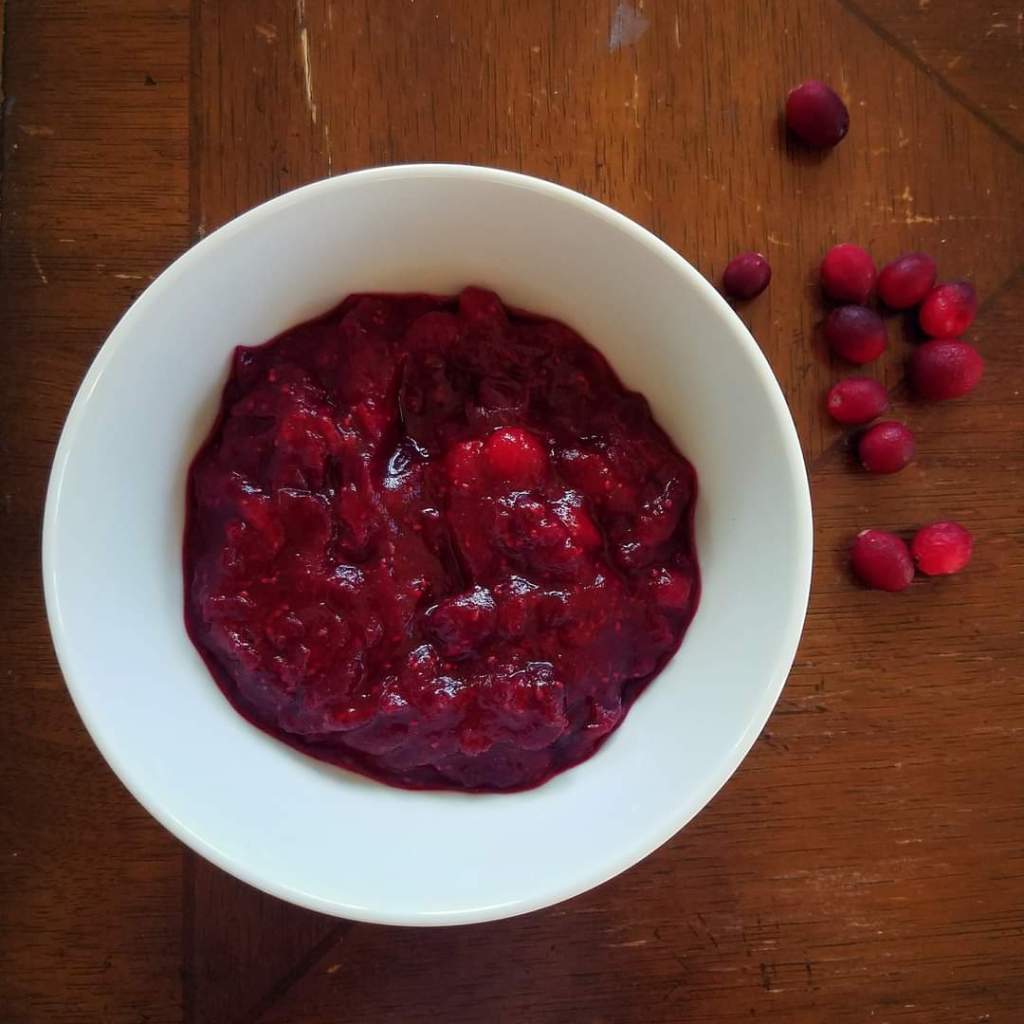
9. Don’t skip breakfast. This is one of the biggest mistakes people make when trying to watch their weight. Yes, skipping meals reduces your caloric intake for that meal, but it also means you’re more likely to overeat later and it’s usually not broccoli you’re choosing when you’re snacky later. Night time eating is a great way to pack on the pounds, as well. Breakfast “breaks the fast” and sets the stage for your day. Choose a whole-foods based balanced breakfast of whatever works best for your body. Examples- scrambled organic eggs with veggies, sautéed kale & sausage, oatmeal with blueberries, nuts, and honey.
10. Recognize that food should not be our #1 source of comfort and reward, during the holidays or any other time. This is what I refer to with my clients as “primary food.” Yes, holiday foods are an important part of tradition, but the rest of it is more important. Love, connection, tradition, games, family, friends, fellowship, spirituality, etc…. these things all feed us but they are not food. Fill your primary food cup more than you do your plate.
I hope this helps bring you a wonderful, nourishing holiday season- without much of a change on the scale! As always feel free to reach out if you have any questions or are interested in further guidance in living your healthiest life possible. Initial consultations are always free!
Warmly,
Megan Normansell, CHC, AADP, CFH
Certified Holistic Health Counselor/ Certified Herbalist/Holistic Nutritionist
Interested in healing your body naturally?
Get the answers you’ve been searching for, and heal your body for good… naturally. We have successfully helped thousands of people across the country live a healthier life than they ever could have imagined, and specialize in dozens of different health concerns. If you’re curious, schedule your complimentary consultation today!
http://www.aayushealth.com megan@aayushealth.com
920-327-2221
Copyright Megan Normansell 2023. All rights reserved.

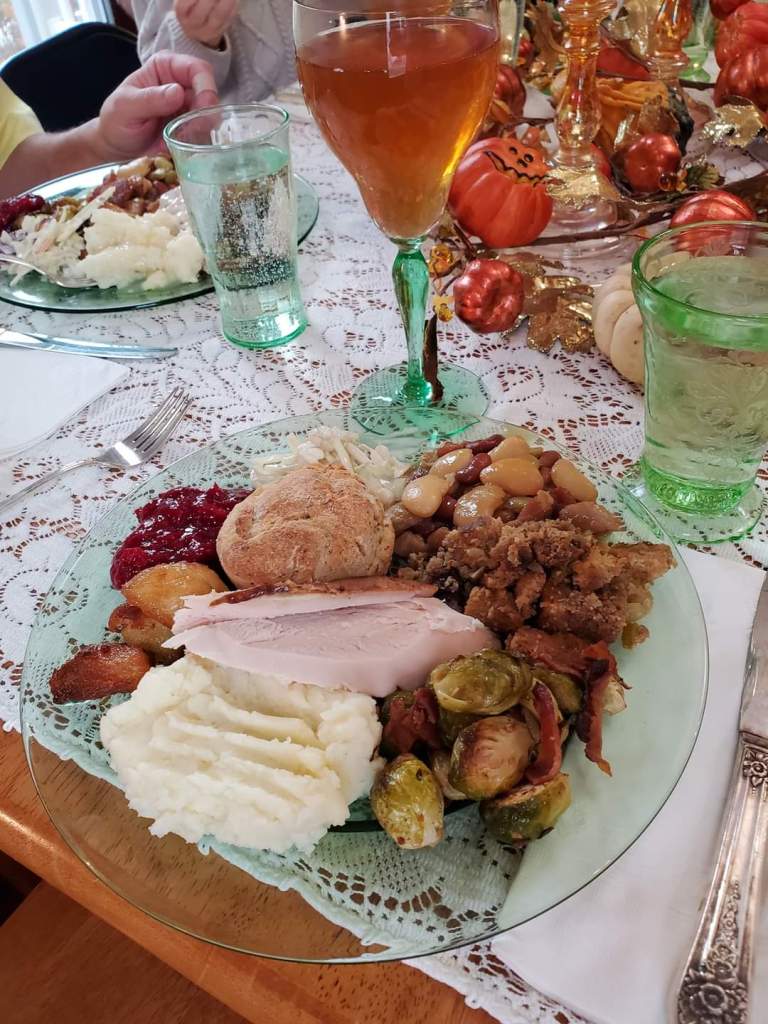

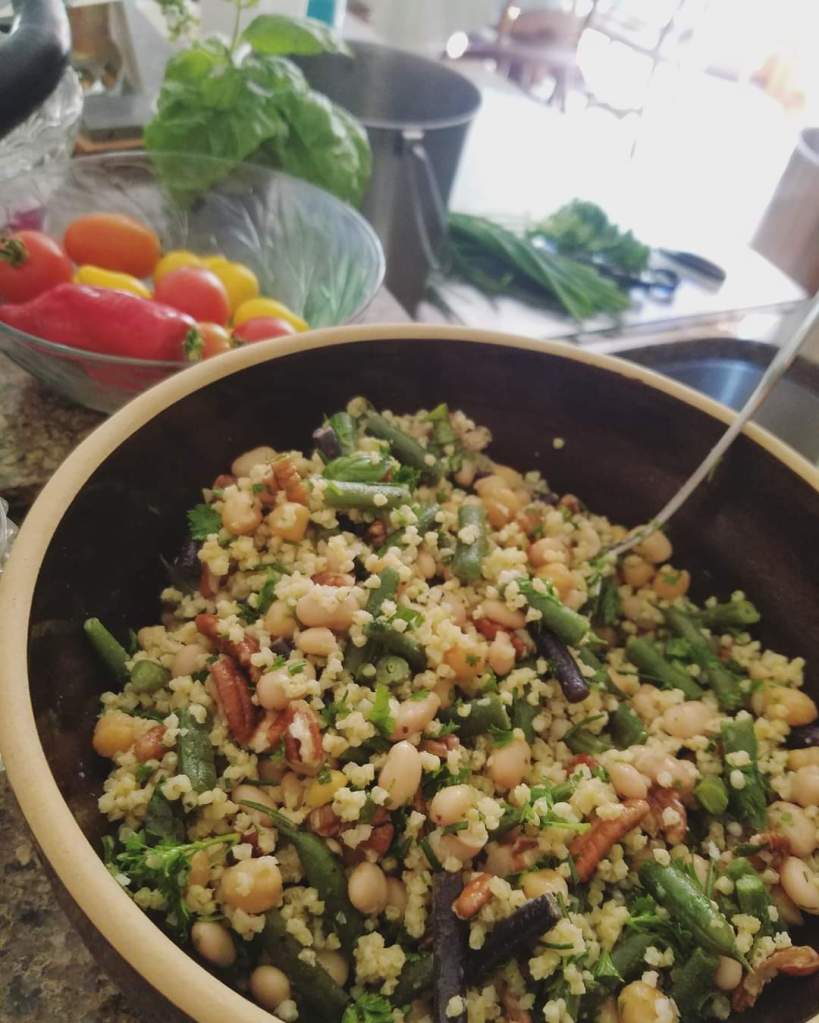
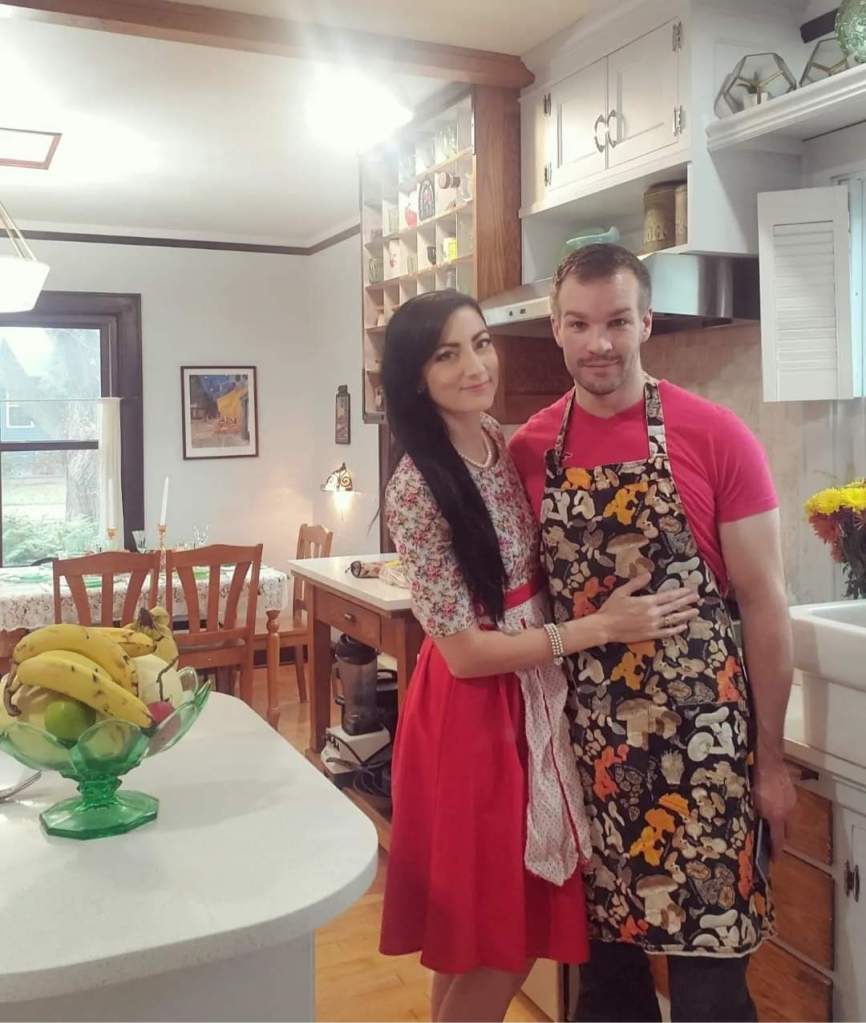
 digestion, keep your immune system strong, lower cholesterol, manage IBS, lower pain and inflammation, eliminate migraines, improve depression and anxiety, and so on… sugar makes it all so, so much harder. Studies have shown that white refined sugar is even more addictive than cocaine and heroin, so no wonder it’s so difficult to quit! Excessive sugar intake is now considered to be a public health crisis, for many reasons.
digestion, keep your immune system strong, lower cholesterol, manage IBS, lower pain and inflammation, eliminate migraines, improve depression and anxiety, and so on… sugar makes it all so, so much harder. Studies have shown that white refined sugar is even more addictive than cocaine and heroin, so no wonder it’s so difficult to quit! Excessive sugar intake is now considered to be a public health crisis, for many reasons. Explore sweet spices & herbs. Fennel seed, star anise, allspice, coriander, cinnamon, nutmeg, anise hyssop, sweet cicely, cloves and cardamom will naturally sweeten your foods without the sugars. (and they all have great health benefits, some even used as medicines!)
Explore sweet spices & herbs. Fennel seed, star anise, allspice, coriander, cinnamon, nutmeg, anise hyssop, sweet cicely, cloves and cardamom will naturally sweeten your foods without the sugars. (and they all have great health benefits, some even used as medicines!)